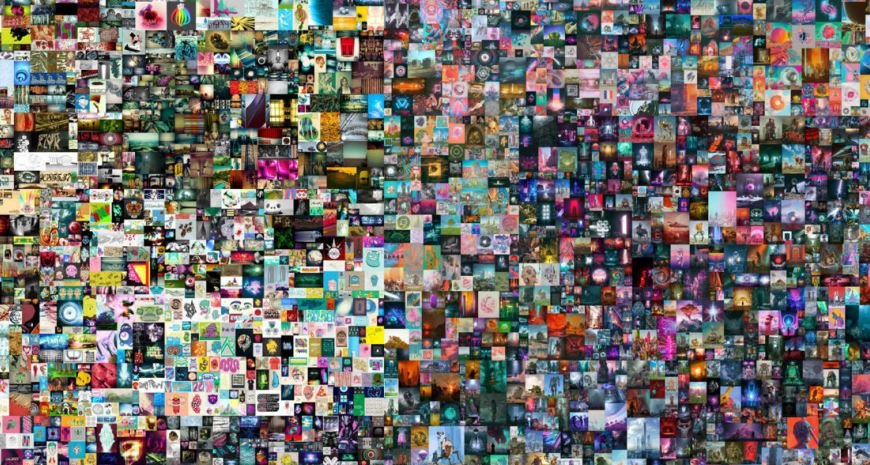Contemporary art has always been marked by innovation, the questioning of norms, and a constant search for new forms of expression. However, few changes have been as disruptive as the arrival of NFTs. These digital tokens are reshaping the art market in significant ways, introducing new artists, new buyers, and especially, new standards of value.
While some collectors still resist the idea of paying thousands of dollars for digital files, others already view NFTs as the future of art. Are we facing a structural transformation or just another speculative bubble?
NFTs: A New Frontier for Buying Contemporary Art
NFTs are non-fungible tokens. They are digital certificates of authenticity. They are stored on the blockchain. When someone buys an NFT artwork, they buy the image. They also receive verifiable proof of ownership. This also proves the artwork’s originality. This model is revolutionary for buying contemporary art. It offers more transparency and security.
A key turning point was a sale in 2021. The artwork was “Everydays: The First 5000 Days.” It was by the digital artist Beeple. It was auctioned for $69.3 million at Christie’s. A 2022 study from Oxford University supports this. The study is called NFTs and the Future of Art. It states this event legitimized NFTs as artistic assets. It also attracted major institutions to the field.

NFTs also democratized market access. Independent artists, previously excluded from traditional galleries, can now sell directly to the public through digital platforms such as OpenSea, SuperRare, and Foundation. The logic of collecting has changed. Buying contemporary art no longer requires physical attendance at auctions or galleries. With just a few clicks, it is now possible to buy art online and receive the corresponding NFT in a digital wallet.
This flexibility attracts a new type of buyer: younger, tech-savvy individuals and crypto investors. According to The Global NFT Art Market report from ArtTactic, 58% of NFT art buyers are between 18 and 35 years old and prefer immersive digital experiences.
Risks, Ethics, and the Future of Digital Contemporary Art
Despite the enthusiasm, NFTs raise ethical and practical challenges. The most pressing concern is environmental sustainability. Most NFTs are stored on blockchains that use proof-of-work systems, such as Ethereum. This mechanism consumes a massive amount of energy.
The study CryptoArt and Climate Change, from University College London, published in 2021, estimates that a single NFT artwork can emit as much carbon as an international flight.
Digital piracy is another major concern. Many artists have reported their work being minted and sold as NFTs without their consent. This highlights the urgent need for international regulation. Trusted platforms are working on identity verification and authorship tracking mechanisms, but the path to a secure and fair market is still long.
From a commercial perspective, NFTs have introduced new business models. Artists can now program automatic royalties, earning a commission every time a piece is resold. This represents a financial revolution for creators, especially those outside major gallery systems. In this new ecosystem, the best place to buy art is no longer necessarily a traditional gallery but a well-structured digital platform.
Ultimately, NFTs do not replace physical art. Instead, they expand its possibilities. At its core, contemporary art reflects the tensions of its time. And in today’s world, these tensions are closely tied to digital environments, virtual ownership, and new forms of cultural consumption.



